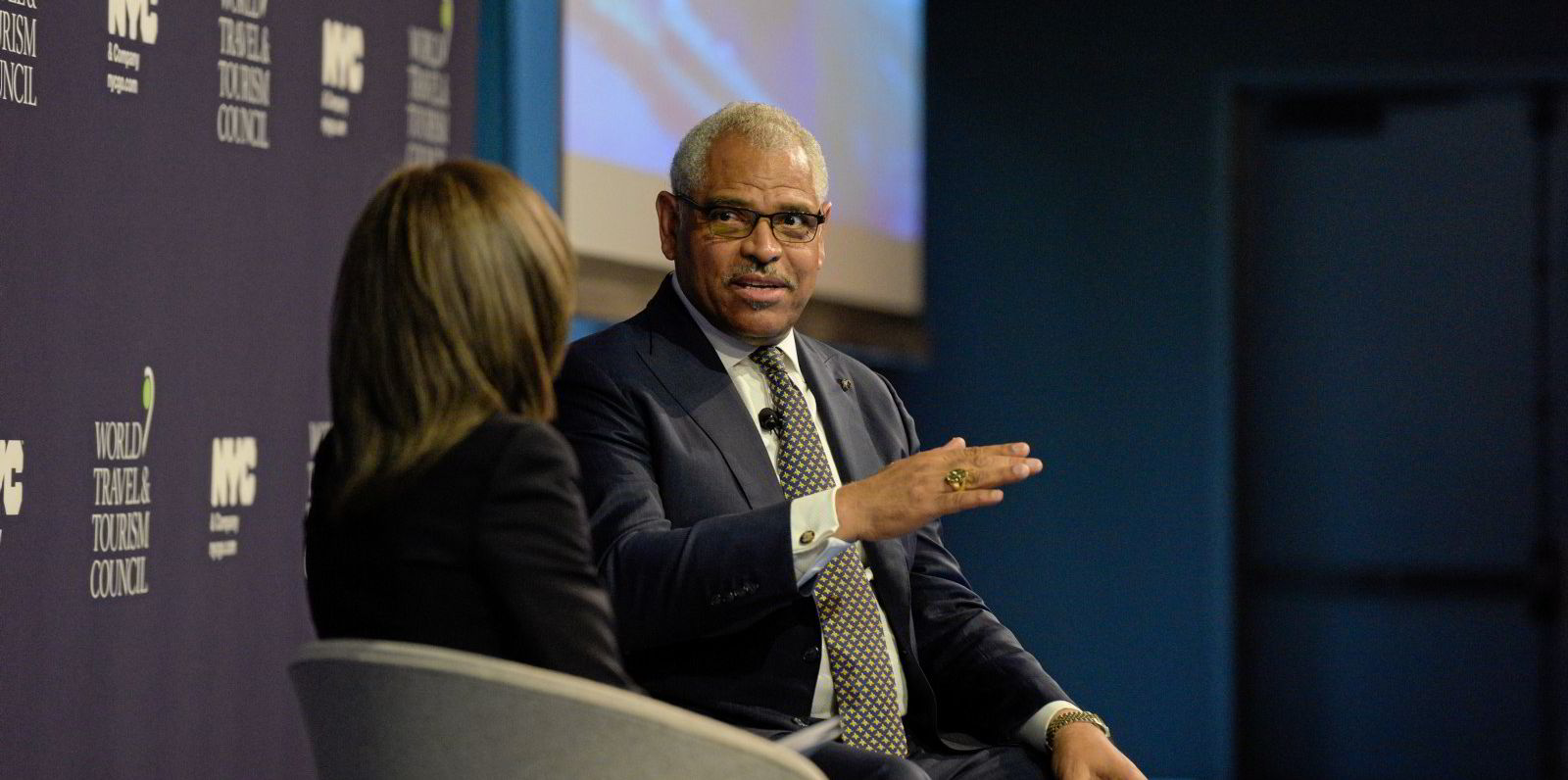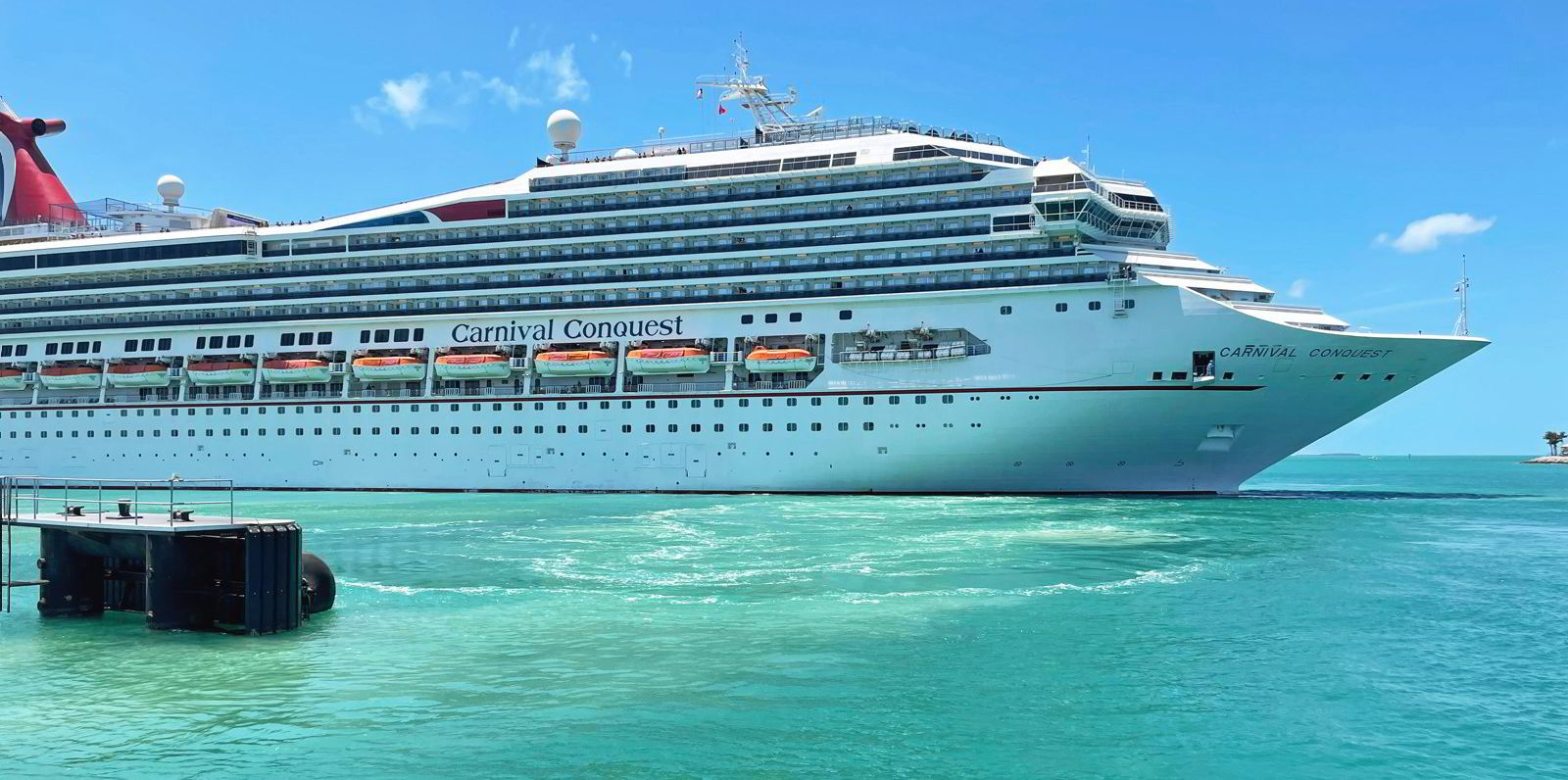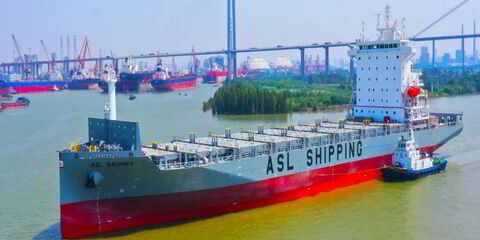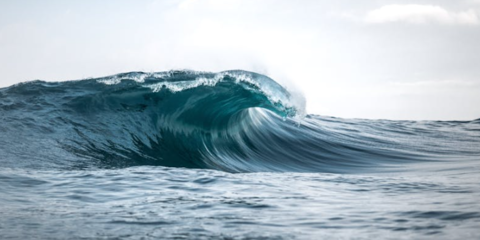Carnival Corp and engine maker Wartsila have joined forces to find the best way to decarbonise the cruise major’s fleet through digital means.
Helsinki-based Wartsila has provided New York-listed Carnival with a new decarbonisation modelling service that creates a digital vessel model that can be used to analyse carbon output.
The project, which was initially set up to decarbonise Princess Cruises’ 5,600-berth Regal Princess (built 2014), will simulate how Wartsila technologies can reduce and eliminate emissions on ships throughout Carnival’s fleet.
It will focus initially on Wartsila’s smokeless start solution E-start and its HY hybrid power and storage concept to find the best retrofit solutions with minimal installation.
“At Carnival Corporation, we are totally committed to decarbonising our operations,” said Chris Millman, vice president of corporate marine technology.
“A systematic, data-driven approach is essential.”
Wartsila said its decarbonisation modelling service simplifies choosing the right decarbonisation method to comply with the International Maritime Organization’s pending Energy Efficiency for Existing Ships Index and the Carbon Intensity Indicator regulations.
“The complexity of current and forthcoming environmental regulations requires a methodical, systematic approach,” said Giulio Tirelli, Wartsila Marine Power’s director of business development.
Arnold Donald-led Carnival is taking this approach toward decarbonisation as it invests in a host of methods to lower emissions.
The Miami-based owner of 91 ships plans to add 11 new LNG-powered vessels by 2025 and has scrubbers on three-quarters of its fleet.
It also plans to provide future AIDA Cruises and Costa Cruises ships with non-fossil fuel shore power with fuel cells and batteries and replace 19 older, less-efficient ships with environmentally friendly units.
On Thursday, competitor Norwegian Cruise Line Holdings said it would try to achieve net-zero carbon emissions through carbon offsets by 2050.





